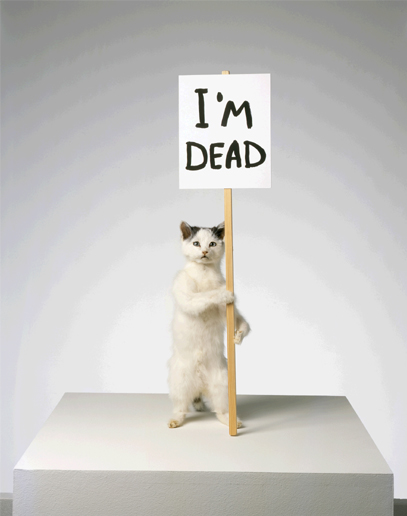The American author E.B. White once remarked that “Humour can be dissected, as a frog can, but the thing dies in the process and the innards are discouraging to any but the pure scientific mind.” He compared comedy itself to “a bubble”: “it won’t stand much blowing up, and it won’t stand much poking. Essentially, it is a complete mystery.”
Tate Britain’s new exhibition, “Rude Britannia: British Comic Art”, takes White’s remarks as a starting point for its own explorations. For curator Martin Myrone, comedy and art alike are essentially inexplicable: both are “beyond words, sense, analysis, a matter of instinct and honesty rather than intellect and theory”. Myrone’s colleague and co-curator Cedar Lewisohn goes still further, dreaming of a new utopia of critical enlightenment in which crude distinctions between activities such as creating fine art and performing stand-up comedy be abolished together. “Why not think of Tommy Cooper as a performance artist? Or Martin Kippenberger [the late German painter whose pictures often resembled custard pies] as a clown? Maybe it’s OK to go to the Tate at the weekend, look at the bricks and have a giggle...”
Whatever next? Ricky Gervais for the Turner Prize? Gilbert & George for Best Comedy Performance at the BAFTAs? Come to think of it, maybe the man is on to something. This could work.
For “Rude Britannia” Tate Britain’s own curators have worked with a number of guest curators drawn from the world of practising satirists, comic publishers and indeed comic performers – Steve Bell, Gerald Scarfe, Harry Hill, the editors of Viz – to select a screamingly amorphous body of British comic art ranging from the seventeenth century to the present day. The exhibition is divided into thematic sections so that Scarfe, for example, presides over a room of satires positively pullulating...


